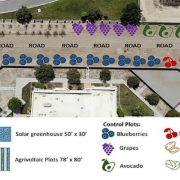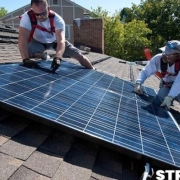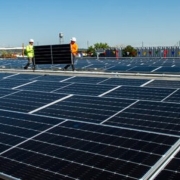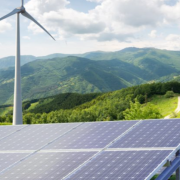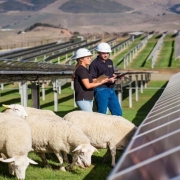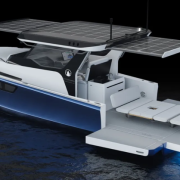Kern Community College District’s California Renewable Energy Laboratory announced plans this week for an agrivoltaic demonstration project bringing together solar panels and crops on the same land at Bakersfield College’s Delano campus.
Photovoltaic panels 7 1/2 feet high, spaced 18 feet apart, will provide power for a greenhouse cooling system, farming equipment or on-site battery storage as part of a hands-on learning installation expected to kick off later this fall.
Funded by part of the $50 million granted to KCCD last year by the state Legislature, the project is intended to promote local innovation in renewable energy while also giving students, industry and the surrounding community an opportunity to explore a field that has gained interest in recent years.
Click here to read the full article
Source: The Bakersfield Californian
—
If you have any questions or thoughts about the topic, feel free to contact us here or leave a comment below.

